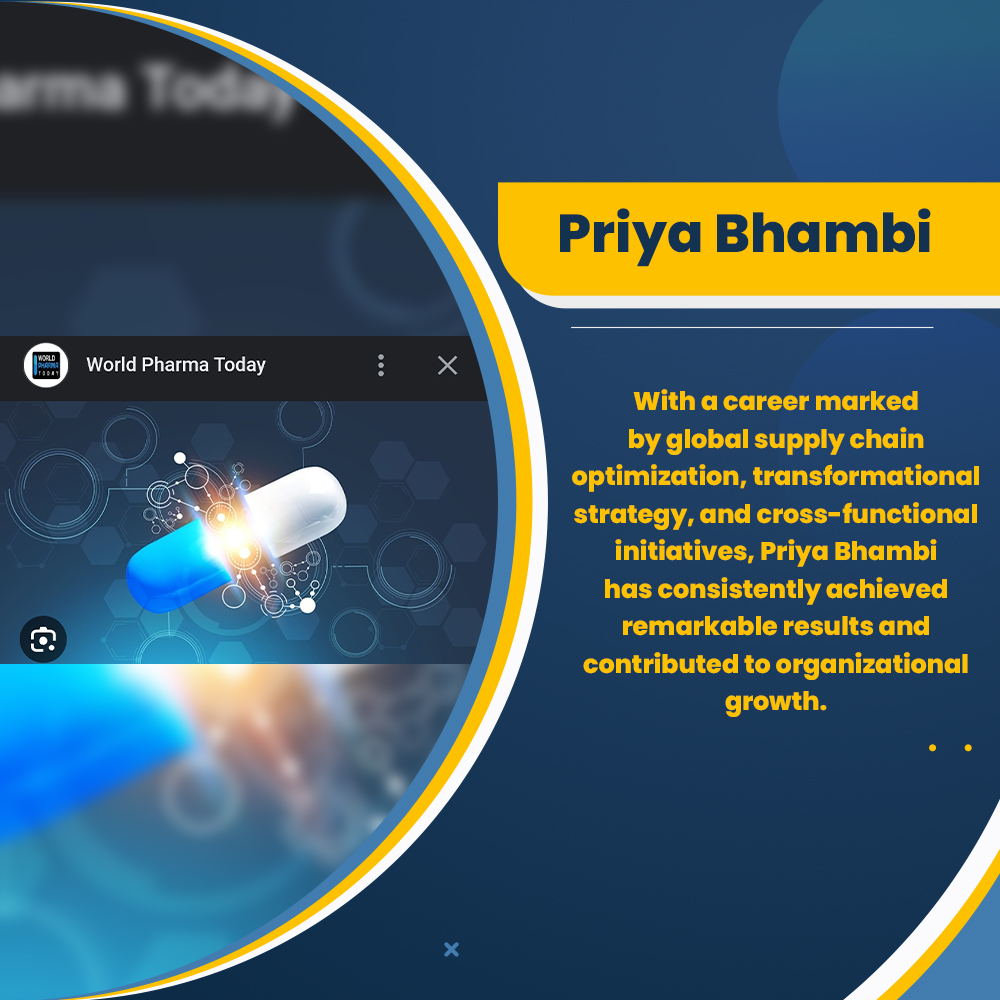
In today’s dynamic and rapidly changing business landscape, the importance of a well-defined and adaptable strategy cannot be overstated. However, developing an effective strategy is more than just a task that should be relegated solely to the executive suite. Instead, organizations should strive to engage employees at all levels in strategy development. This approach not only harnesses the collective wisdom of the workforce but also fosters a sense of ownership and commitment among employees. In this article, we will explore how organizations can leverage the concept of team buy-in to engage employees in strategy development.
The Significance of Team Buy-In
Team buy-in refers to gaining the support and commitment of employees at all levels of an organization for a particular initiative or strategy. It goes beyond merely informing employees of the system; it involves actively involving them in its creation and implementation. When employees have a stake in the process, they are more likely to be invested in its success and work towards achieving its goals.
The benefits of team buy-in are numerous. First and foremost, it taps into the diverse perspectives and experiences of the entire workforce. This diversity of thought can lead to more creative and effective strategies. Additionally, when employees actively engage in the strategy development process, they are more likely to understand its rationale and feel a sense of ownership. This sense of ownership can translate into higher motivation and commitment to executing the strategy.
Steps to Engage Employees in Strategy Development
Communication and Transparency: Open and transparent communication is the first step in engaging employees in strategy development. Leaders should clearly articulate the organization’s strategic goals and their reasons. Employees should understand how their roles contribute to the broader strategy.
Inclusivity: Encourage employees from all levels and departments to participate in the strategy development. You can achieve this through workshops, brainstorming sessions, or cross-functional teams, ensuring that you involve a diverse group of employees to consider various perspectives.
Feedback Mechanisms: Create mechanisms for employees to provide feedback on the proposed strategy. This could be through surveys, suggestion boxes, or regular feedback meetings. When employees feel that their input is valued, they are more likely to be engaged in the process.
Training and Skill Development: Provide training and development opportunities for employees to build the skills necessary for contributing to the strategy. This may include courses on strategic thinking, data analysis, or problem-solving. Investing in employee skill development benefits the strategy development process and enhances their overall capabilities.
Empowerment: Empower employees to make decisions within their areas of expertise. When employees have the authority to make decisions that impact their work, they feel a greater sense of responsibility. They are more likely to align their actions with the strategic goals.
Regular Updates: Keep employees informed about the progress of the strategy implementation. Regular updates and transparency about successes and challenges help employees stay engaged and motivated.
Case Study: Google’s “OKRs” Approach
Google is a prime example of an organization that has successfully engaged its employees in strategy development. They use an “Objectives and Key Results” (OKRs) system to set and communicate strategic goals throughout the company. OKRs are a collaborative approach involving employees at all levels in defining objectives and the key results to measure progress.
At Google, employees are encouraged to set OKRs that align with their overarching goals. This approach fosters a sense of ownership and encourages employees to take risks and innovate in pursuit of their objectives. The result is a highly engaged workforce aligned with the company’s strategic priorities.
Challenges and Considerations
While engaging employees in strategy development offers numerous advantages, it also has challenges that must be addressed. Some common challenges include:
Time and Resources: Strategy development can be time-consuming, and organizations may need to allocate additional resources to support employee engagement initiatives.
Resistance to Change: Some employees may resist new strategies, especially if they perceive them as threatening their existing roles or routines. Change management strategies should be in place to address this resistance.
Managing Diverse Input: Incorporating input from a wide range of employees can be challenging, as conflicting viewpoints may emerge. Effective facilitation and decision-making processes are essential to navigate these differences.
Sustainability: Engaging employees in strategy development should be a collaborative effort. Organizations must commit to maintaining this engagement over the long term to ensure the strategy remains relevant and adaptable.
In today’s fast-paced business environment, engaging employees in strategy development is not just a nice-to-have; it’s a strategic imperative. Team buy-in fosters a sense of ownership, commitment, and alignment with organizational goals. By following the steps outlined in this article, organizations can harness their workforce’s collective wisdom and create more robust and responsive strategies. Remember, it’s not just about the system itself but also about getting there – a process that empowers and engages employees at every step.